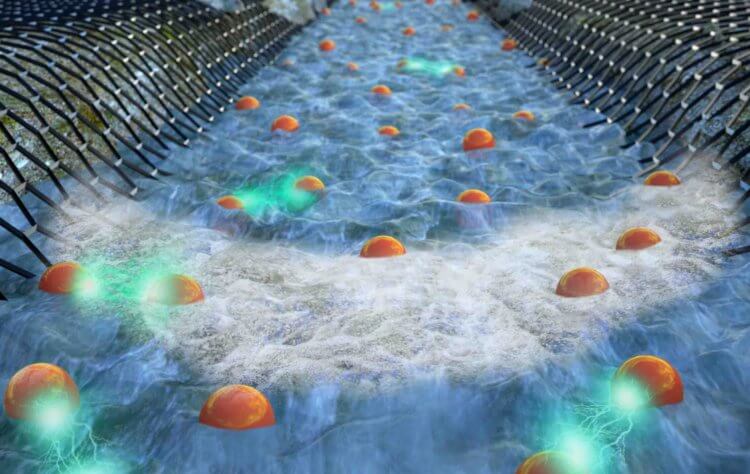Our world is more complicated than it first appears. Although we all like simple answers to complex questions, they are rarely the right ones. Thus, in the early 19th century, the English chemist John Dalton, developed a new theory of the atom, which, although it did not explain all observed phenomena, anticipated new possibilities in understanding how atoms come together and chemical substances are formed. Interestingly, before Dalton, the idea of small indivisible particles, proposed by Democritus and Leucippus, prevailed in scientific circles, but the atom had not been of interest to science for a long time. Although Dalton had no doubt that atoms were indivisible, something that seemed lighter than themselves was observed. In those years, physicists suggested that electric charge consisted of some electric atoms and counterparts, and in 1894 the Irish physicist George Stoney suggested calling the “atom of electricity” an electron. Since then, a lot of water has flowed away, even more than one would expect. Recently, researchers at Boston University created a new sample of metal in which electrons move in the same way that water flows through a pipe. The new discovery could potentially lead to a new type of electronic device.

What is an electron?
Actually, answering the question of what an electron represents is not easy. To understand how scientists came to the conclusion that it exists, let’s turn briefly to history.
After Stoney coined the term “electron,” other scientists were working on cathode rays, beams emitted by charged plates inside glass tubes that had virtually no air in them. In time, British physicist William Crooks discovered that these beams consisted of negatively charged matter.
Although physicists did not fully understand what these strange subatoms were, the term “electron” became commonplace, and the electron itself was positioned as a charge carrier. Until 1905, however, the scientific community believed that there were no atoms, but there was something attractive about the model of the atom derived from Rutherford’s discoveries.
At the heart of the atom was a heavy, positively charged nucleus, around which tiny electrons swirled. One could think of the atom as our solar system in miniature, with the nucleus as the sun and the electrons as the planets.
The “fluidity” of the electron
So, today scientists understand the electron as a stable negatively charged elementary particle. It is considered fundamental and is one of the basic structural units of matter. It should also be noted that all electrons are the same, regardless of which atom they are a part of.
But as it turns out, electrons can do something else. In a new study published in the scientific journal Nature Communications, scientists reported the discovery of a new type of metal in which electrons move fluidly – like water in a pipe – by interacting with quasiparticles called phonons.
Phonons are thought to arise from vibrations in the crystal structure. But this is, to put it mildly, not common – in metals, electrons act as individual particles – that is, they don’t gain momentum as a group.
Such unusual behavior of electrons happens to be caused by a metallic superconductor, which is a synthesis of niobium and germanium called ditetrelide – NbGe2 (shown above). Although electrons are thought to “flow” through materials, they typically do not move through conductors like a liquid, but rather more like a gas, bouncing off impurities and defects in the conductor.
What might the new discovery lead to?
Scientists had suspected before that liquid-like hydrodynamic flow of electrons was possible, so researchers at the Weizmann Institute decided to test this using a unique technique to image electrons flowing similarly to water flowing through a pipe. Their success is the first case of visualizing a “flow of liquid electrons,” which could lead to the development of new electronic devices.
The physicists used graphene, a nanomaterial developed at the University of Manchester, which is one carbon atom thick and can be kept exceptionally pure for observation.
Professor Shahal Ilani and a team from the Institute’s Department of Condensed Matter Physics then visualized the flow of electrons using a nanoscale detector built from a carbon nanotube transistor, which can display the properties of flowing electrons with unprecedented sensitivity.
The team created nanoscale “channels” designed to guide the flowing electrons and saw a distinctive feature of the hydrodynamic flow: just like water in a pipe, electrons in graphene flowed faster in the center of the channels and slowed near the walls.




